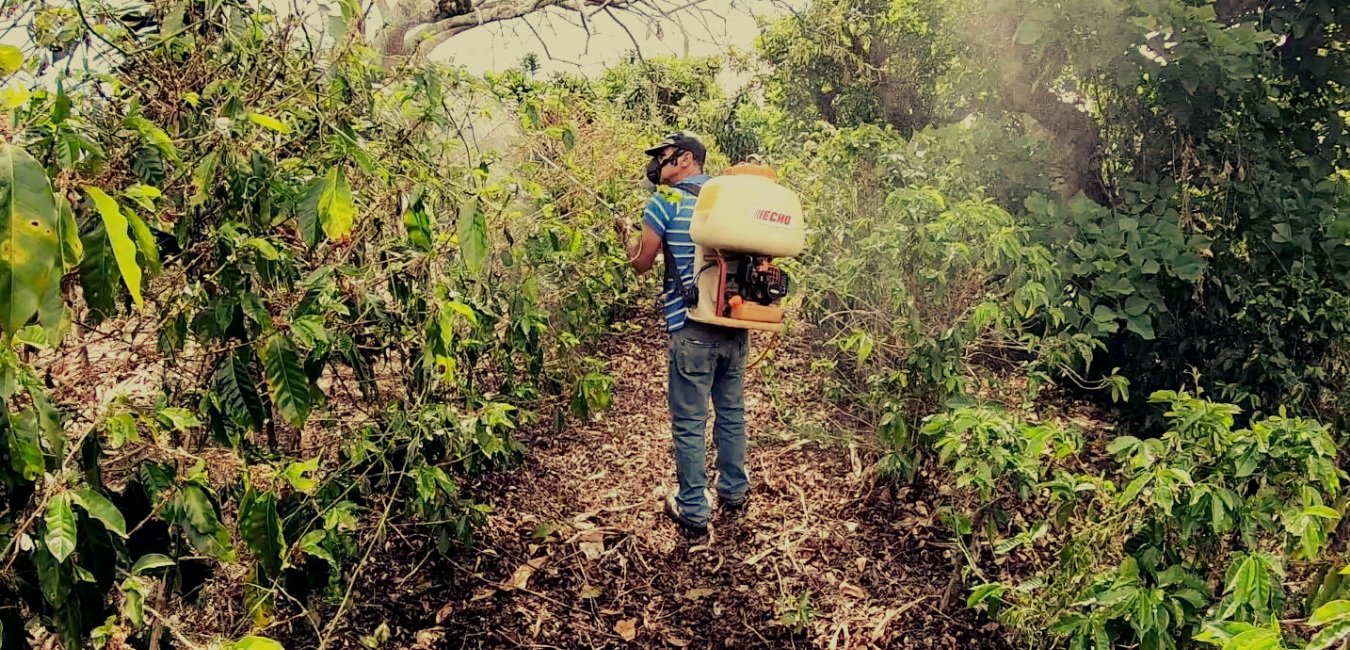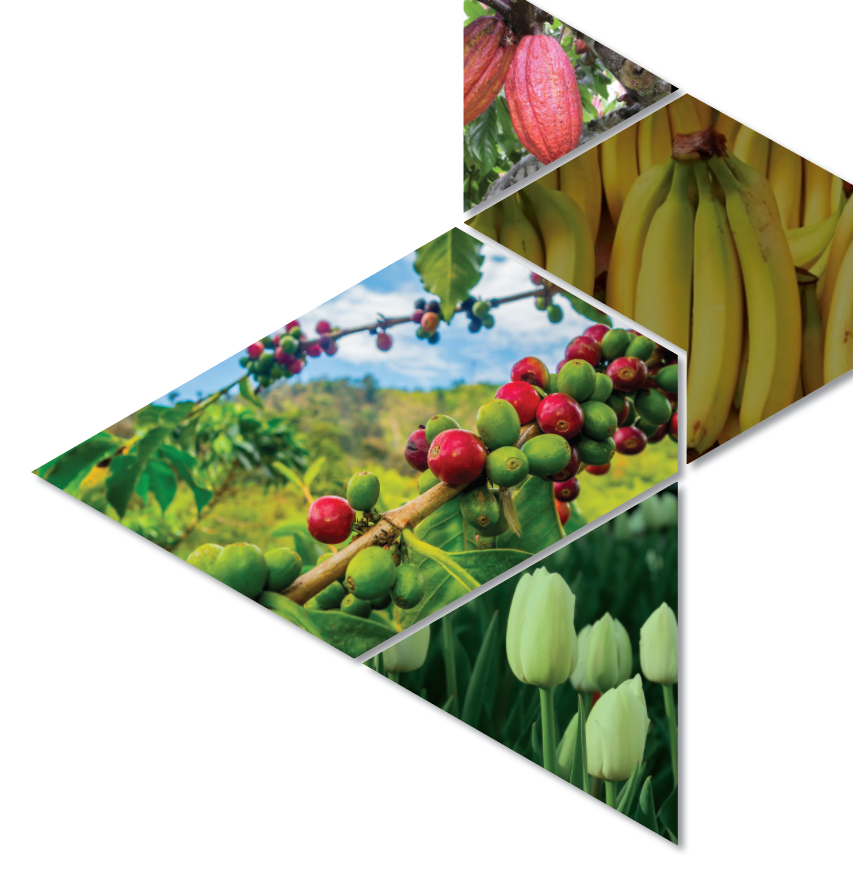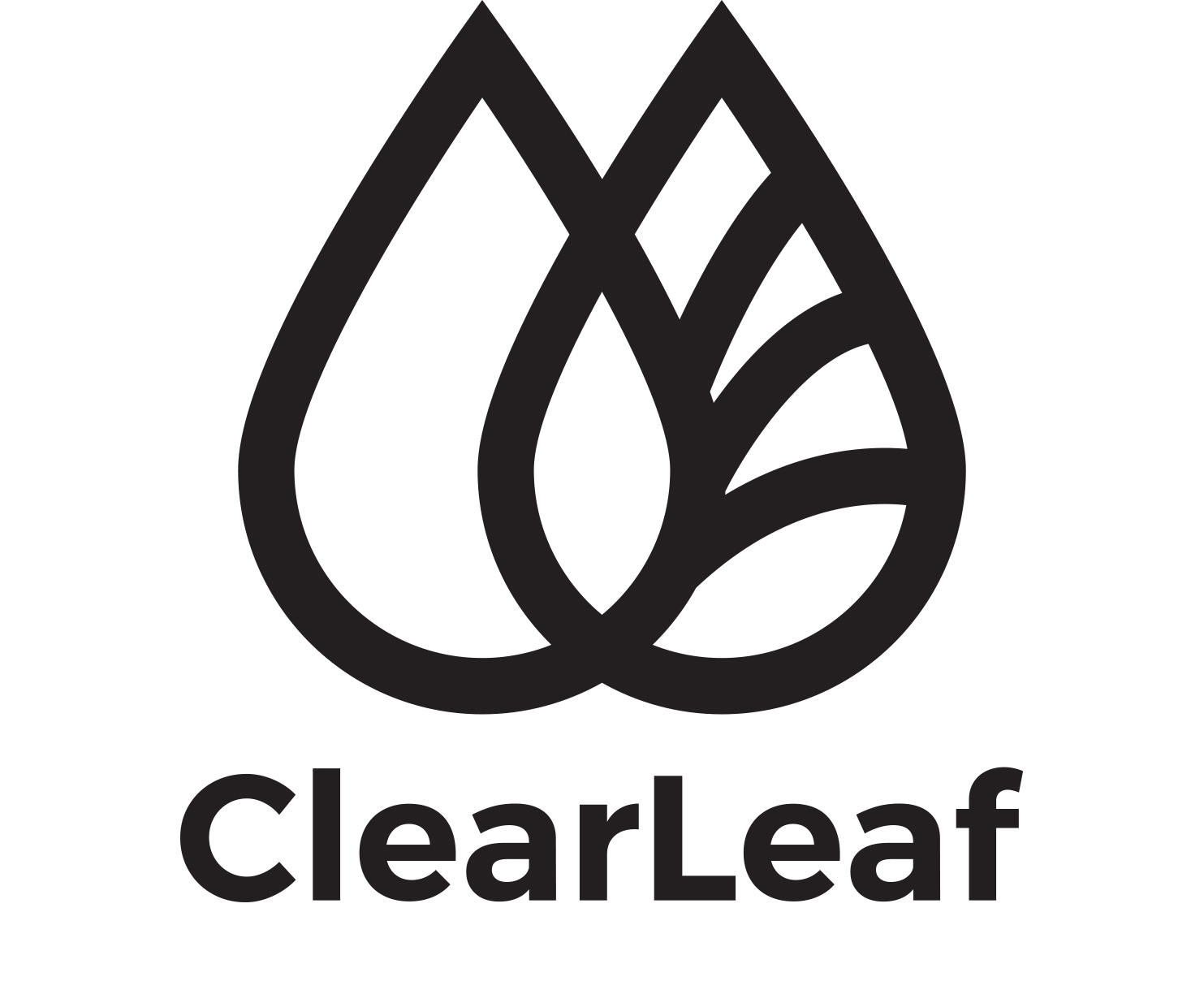
GotaBlanca® is a line of non-toxic contact-action liquid emulsions that uses surface chemistry and colloidal technology to enhance plant growth through the control and management of fungal and bacterial pests.

GotaBlanca® products and formulations are contact-action liquid emulsions with advanced adhesion strategies that coat vulnerable living and post-harvest plant tissue. This coating protects the plant, promotes healing of damaged tissue, and provides an optimum medium for GotaBlanca’s® antimicrobial action which provides high toxicity towards unicellular organisms (fungi and bacteria) and is non-toxic towards multicellular organisms (humans, plants, insects, wildlife).
GotaBlanca® combines two different innovative technological approaches that together change fungal and bacterial management strategies in a wide range of agricultural sectors for both pre and post-harvest applications.
GotaBlanca® is highly effective in the prevention and management of fungal and bacterial pests. It destroys these organisms upon contact and maintains a long-lasting effect. GotaBlanca’s® method of action prevents the occurrence of microbial resistance, allowing for safe, long term use.
GotaBlanca® is harmless to the farm and surrounding ecosystem, innocuous to humans, requires only minimum protective equipment and generates no hazardous waste.
Competitve analysis of GotaBlanca® as compared to other alternatives.
GotaBlanca® is one of the only non-toxic fungi-bactericides currently on the market (anywhere in the world). It is broad-spectrum, does not cause microbial resistance, enhances plant growth (rather than impeding it like most current products), does not affect on-farm biological diversity, and can be applied at any time in the growing cycle (off-season, budding, growth, fruiting, and up to the moment of harvest). GotaBlanca® can also be used for the protection of post-harvest produce, to maintain freshness between the farm and the end consumer.
In the sense that we provide a “disruptive technology”, there are no similar alternatives (non-toxic, broad spectrum, no damage on-farm biodiversity). However, in the broader sense, we compete against long-standing incumbents (manufacturers and brands) that are deeply embedded in their markets. The following table presents the key differentiating characteristics.



